Key Takeaways
- The
Mario
franchise has evolved aesthetically from pixel art to wacky, hand-drawn, claymation-esque styles over 35+ years. -
New Super Mario Bros.
,
Mario & Luigi
, and
Yoshi’s Island
showcase diverse aesthetic changes. -
Super Mario Bros. Wonder
and
Yoshi’s Crafted World
bring uniquely dramatic changes in style to the franchise.
As should be expected given the Mario series’ more than 35 years in the video game industry, the adventures of the Italian plumbers and their friends have gone through some dramatic aesthetic changes throughout the years.
6:43
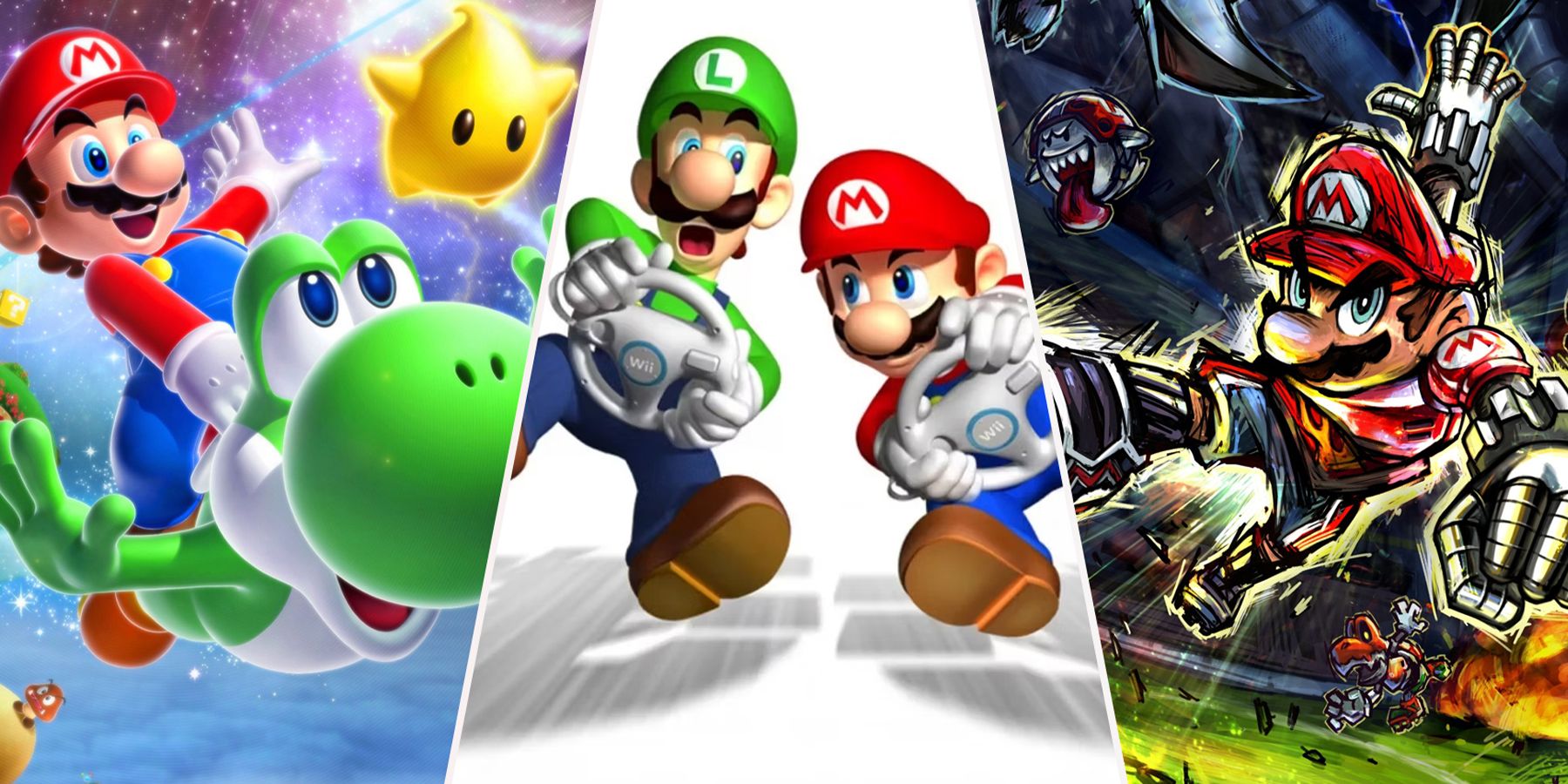
Related
10 Best Mario Games On The Nintendo Wii, Ranked
The Nintendo Wii naturally had a ton of Mario games, but which were the best of the best?
From being crafted from paper and yarn to pencil sketches, the Mario franchise’s timeline of titles ranges from a clean-cut 2D style to off-the-wall wackiness. The following examples are some of the best of the bunch.
1 New Super Mario Bros. Subseries
A Glossy Look In A 2D Return To Form For The Platforming Plumber
While the glossy polish of Nintendo’s 2.5D Mario sidescroller reboot series was a staple of the platforming plumber’s aesthetic for nearly 20 years, its iterative look seemingly grew tiring to many fans. From its 2006 introduction in New Super Mario Bros. on the Nintendo DS, culminating in the Switch’s 2019 port of New Super Mario Bros. U, this aesthetic defined Mario games throughout the start of the 21st century.
The dancing flowers and bebopping Koopa Troopas of the New Super Mario Bros. subseries arguably have a lighthearted charm that can be appreciated in retrospect. However, the dilution of Nintendo’s platforming library – from mobile titles to handheld and console installments – with this art style does rub away some of its sheen in a contemporary setting.
2 Mario & Luigi Subseries
Exaggerated & Expressive Animations Set This Fraternal RPG Series Apart
It is safe to say that Mario and Luigi’s fraternal relationship was always a solid, yet humorous foundation on which titles such as Luigi’s Mansion and Mario Is Missing could be built. However, until the 2003 release of Mario & Luigi: Superstar Saga by AlphaDream, the platforming plumbers’ sibling synchronicity had arguably not been truly seen by players.
With a 20-year lineage of titles in this subseries‘ rear mirror, the wacky, cartoonish squash and stretch of Mario and Luigi’s proportions – along with the bizarrely framed plots the duo constantly find themselves wrapped up in – have proven to be a fan favorite in the Mario franchise. Mostly bolstering Mario’s gung-ho attitude and Luigi’s sensitive nature, the Mario and Luigi series of titles provide a shockingly introspective look at Nintendo’s original pair of platformers.
3 Yoshi’s Island Subseries
A Hand-Drawn Aesthetic From Its 1995 Roots To 2014 Handheld Sequel
Although most Mario titles not only include the titular character but hold him in high esteem as a powerful protagonist, the Yoshi’s Island subseries is a no-holds-barred slight of the original Mario brother. Depicted in a uniquely hand-drawn aesthetic from its original title, Yoshi the dinosaur is tasked with returning his wailing infant friend to safety.
5:14
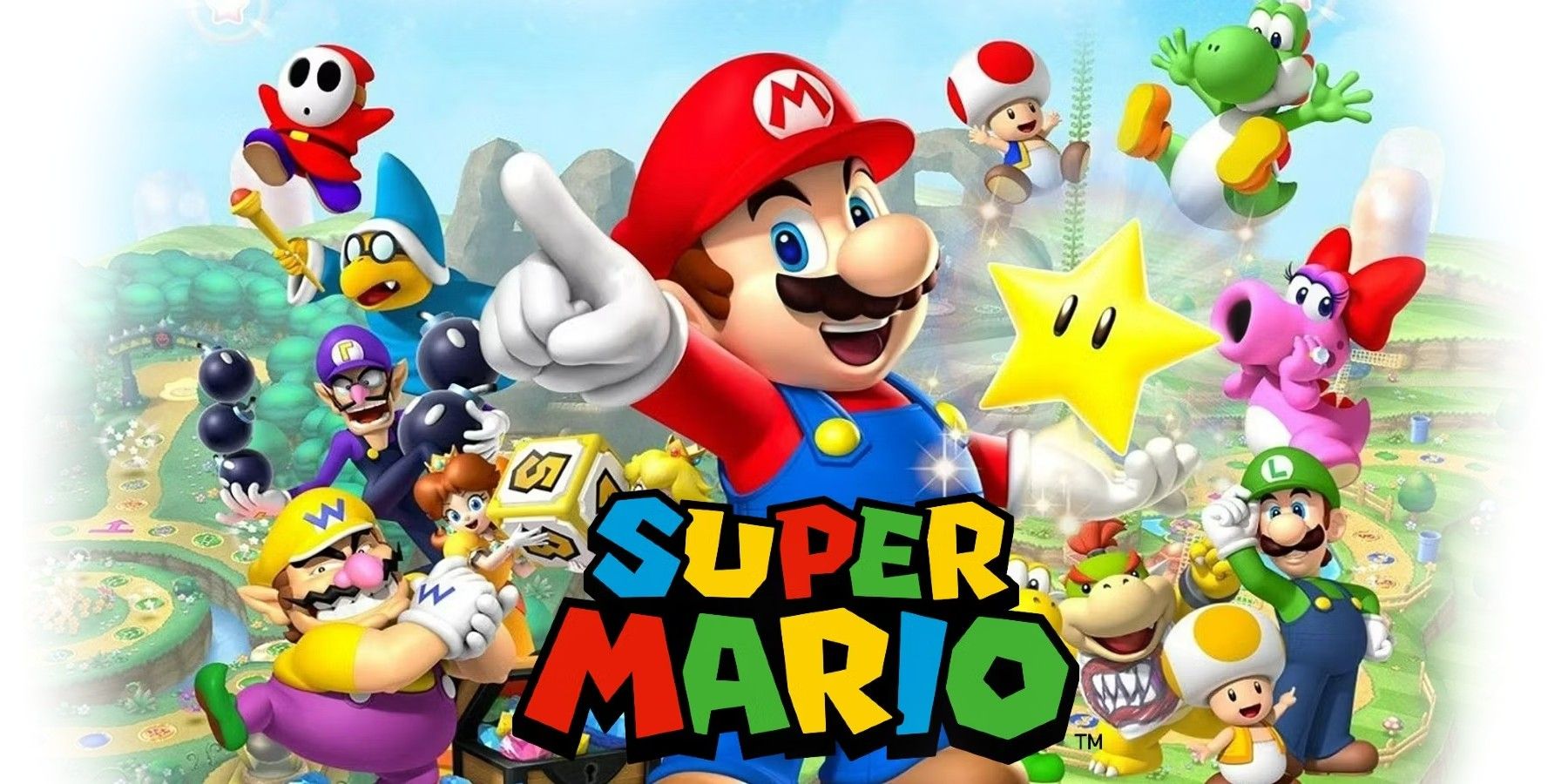
Related
7 Most Comforting Mario Games
Mario has a long list of games, but here are the ones that are the most comforting for players.
Originally positioned as a pseudo-sequel to 1990’s Super Mario World, the subseries that began with Super Mario World 2: Yoshi’s Island has since gone on to appear on a swathe of Nintendo platforms. Ranging from a touch-based arcade-style handheld title to a revitalized platformer displayed in glasses-free 3D, the Yoshi’s Island subseries has been adapted into a plethora of titles. However, one thing that has stayed somewhat consistent is its hand-drawn aesthetic.
4 Mario Strikers Subseries
Smashing & Scoring Is Detailed In Jagged Illustrations For This Soccer Subseries
Compared to the softer, family-friendly aesthetic of many series in the Mario franchise, the Mario Strikers soccer titles seemingly make a concentrated effort to channel the rough, jagged art style of its cyberpunk-inspired sports interpretation.
First introduced to players in 2005, its boots-on-the-ground arcade gameplay is supplemented by fluid cinematics and bombastic Hyper Strikes. As such, through its aesthetic, the Mario Strikers subseries arguably channels explosive illustrations and rugged sports gear in a way that seems antithetical to the Mario franchise’s ethos. However, after nearly 20 years, the high-octane action of the subseries is a prominent presence in the Mario sports scene and fans are seemingly just as enthralled by its design.
5 Classic Pixel Art Style
Born Of Limitation But Beloved For Its Simplicity
While less of an art style and more of an aesthetic limitation of hardware, the Mario franchise’s roots in pixel art platformers have informed many of its design elements to this day. However, even with the revolutionary 8 and 16-bit art styles of Super Mario Bros. 3 and Super Mario World, its legacy can still be felt in modern titles that use its pixel-perfect depictions of characters as integral elements of its design or nostalgic throwbacks.
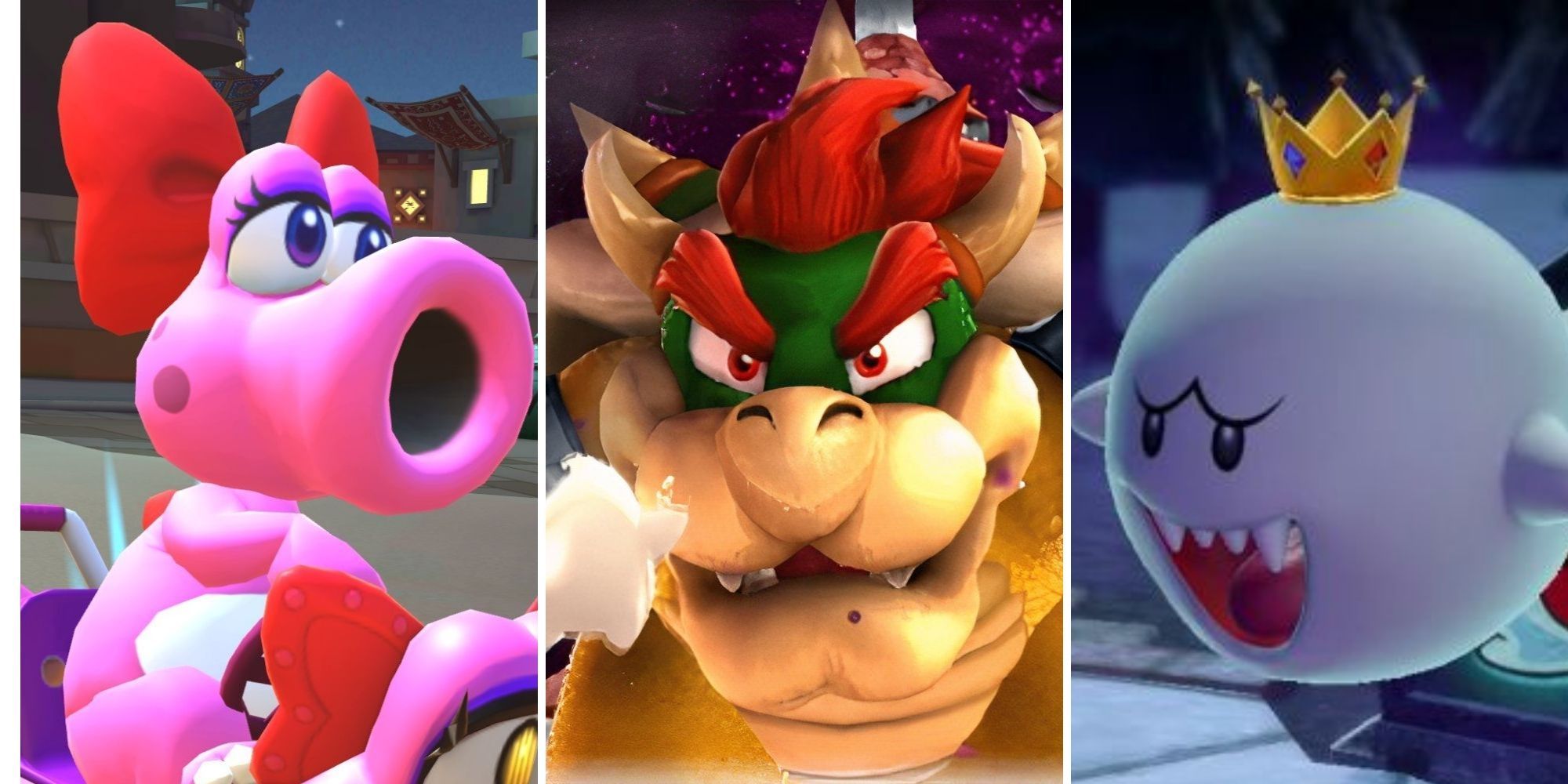
Related
Mario: Best Non-Human Characters, Ranked
The Super Mario franchise is more than just mustache-wearing plumbers, and plenty of the best characters are most certainly out of this world.
Although many elements of its art style were born from its native hardware’s limitations, the Mario franchise’s platforming titles still remain arguably some of the most intricate examples of pixel sprite work of the era. Beyond that, through time-limited installments such as Super Mario 35 and legacy nods in Super Mario Odyssey and Mario & Sonic at the Olympic Games Tokyo 2020, the clean lines and defined silhouettes of Mario’s retro past continue to define and influence the platforming plumber’s aesthetic moving forward.
6 Super Mario Bros. Wonder
A Bizarre & Exaggerated Dynamic Shift For 2D Mario Platforming
With Super Mario Bros. Wonder‘s 2023 release, Nintendo arguably made a conscious decision to intensely reinvigorate the Mario franchise’s platforming art style.
Diverting from the clean-cut aesthetic that had seemingly worked for them since New Super Mario Bros.’ release in 2006, Super Mario Bros. Wonder‘s highly saturated, claymation-esque animation set the 2D platformer apart almost instantly. Coinciding with Charles Martinet’s bittersweet sunsetting of his role as Mario’s voice after more than 30 years, Super Mario Bros. Wonder‘s wackiness in design and aesthetic seemingly heralded a new dawn for the Mario franchise’s 2D platforming entries.
7 Yoshi’s Crafted Aesthetic
A Hand-Created Art Style Born On The N64 But Brought New Life On Modern Systems
While seemingly initially brought into being with the 1997 release of Yoshi’s Story, which included many of the pop-up book aesthetic elements now synonymous with the Mario franchise’s crafted style, this hand-made art style arguably came into full being with 2015’s Yoshi’s Woolly World.
Regardless of its roots, the hand-crafted appearance of further titles such as Yoshi’s Crafted World has cemented itself as an art style that is synonymous with Yoshi’s 2.5D platforming adventures. Furthermore, its incorporation into Nintendo’s products such as Amiibo clearly shows a drive to bolster this seemingly beloved crochet-esque art style.
8 Paper Mario Aesthetic
An Art Style So Pivotal That It’s Incorporated In The Subseries’ Title
Although the Mario franchise has had extensive critical and commercial success in both 2D and 3D spaces, there is seemingly only one Mario series that has taken its move to a 2D plane as literally as Paper Mario. Initially appearing on the Nintendo 64 in 2001, before becoming a staple Nintendo RPG franchise with successful titles such as Paper Mario: The Thousand-Year Door and Paper Mario: The Origami King, the foldable aesthetic of the series has been a critical component of its games since the first.
Incorporated into the world-building, narrative, and gameplay of the series far beyond a simple aesthetic, the paper of Paper Mario is indicative of Nintendo’s seeming creativity and fluidity concerning this series’ titles. Bolstered by a continued lineup of much-loved titles, alongside an art style that continues to innovate and impress nearly 25 years on, the Paper Mario subseries isn’t going anywhere anytime soon.
3:28
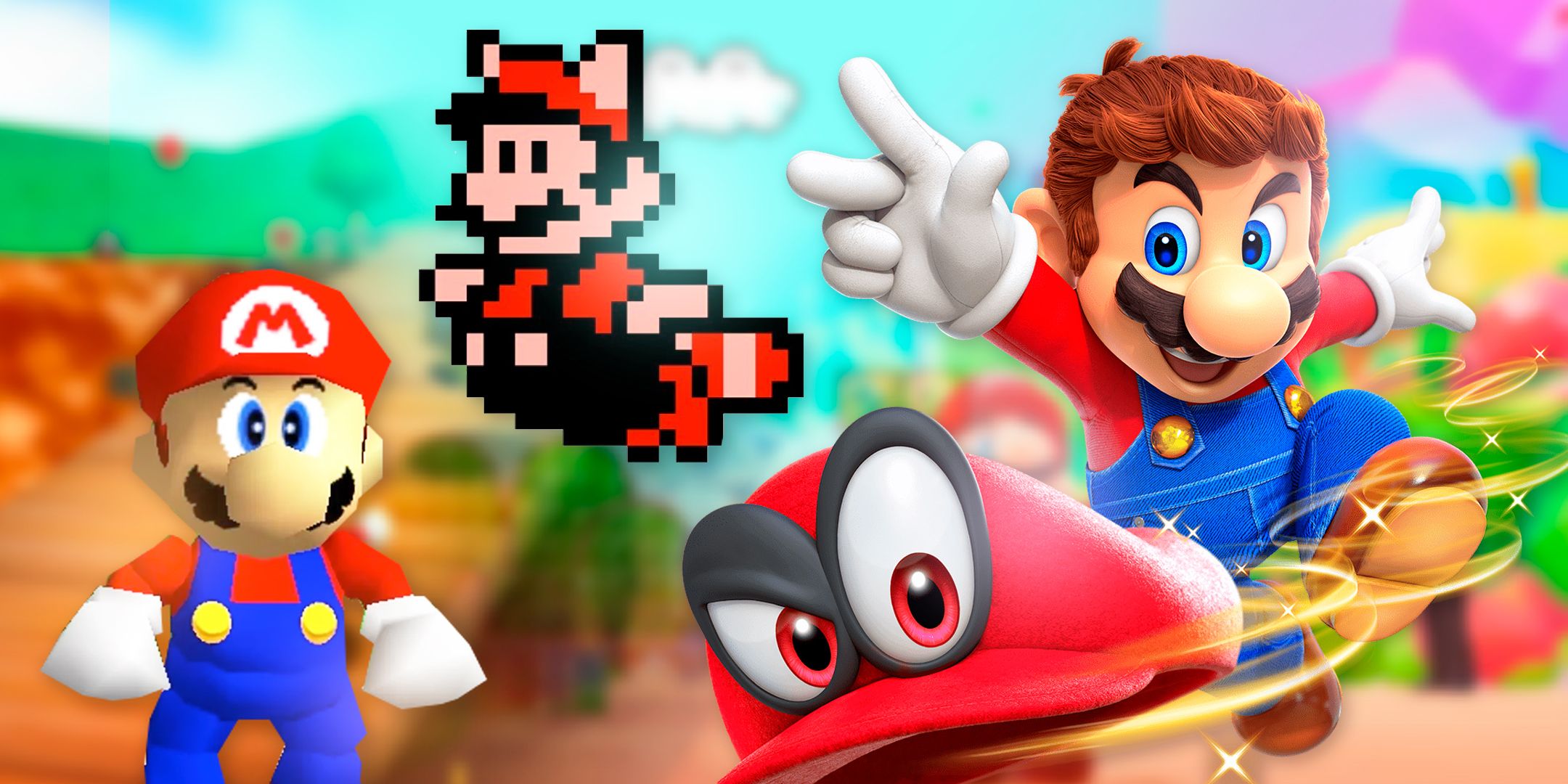
More
8 Best Mario Character Designs, Ranked
Mario’s character design has evolved over the years, showing great details while still maintaining his charm. Let’s take a look at his best designs!
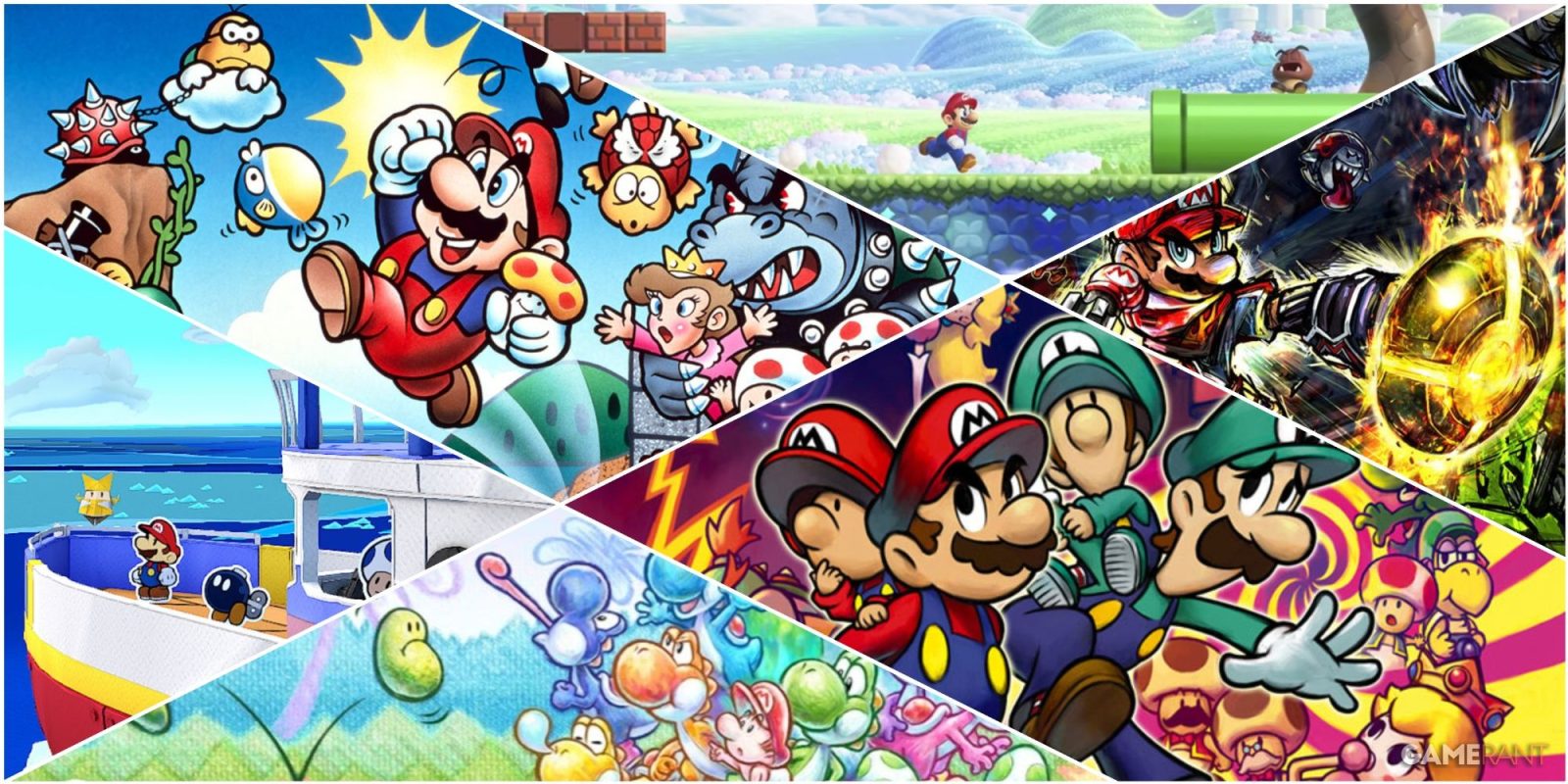
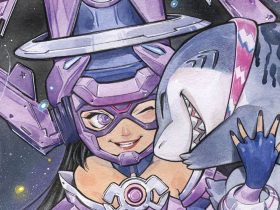
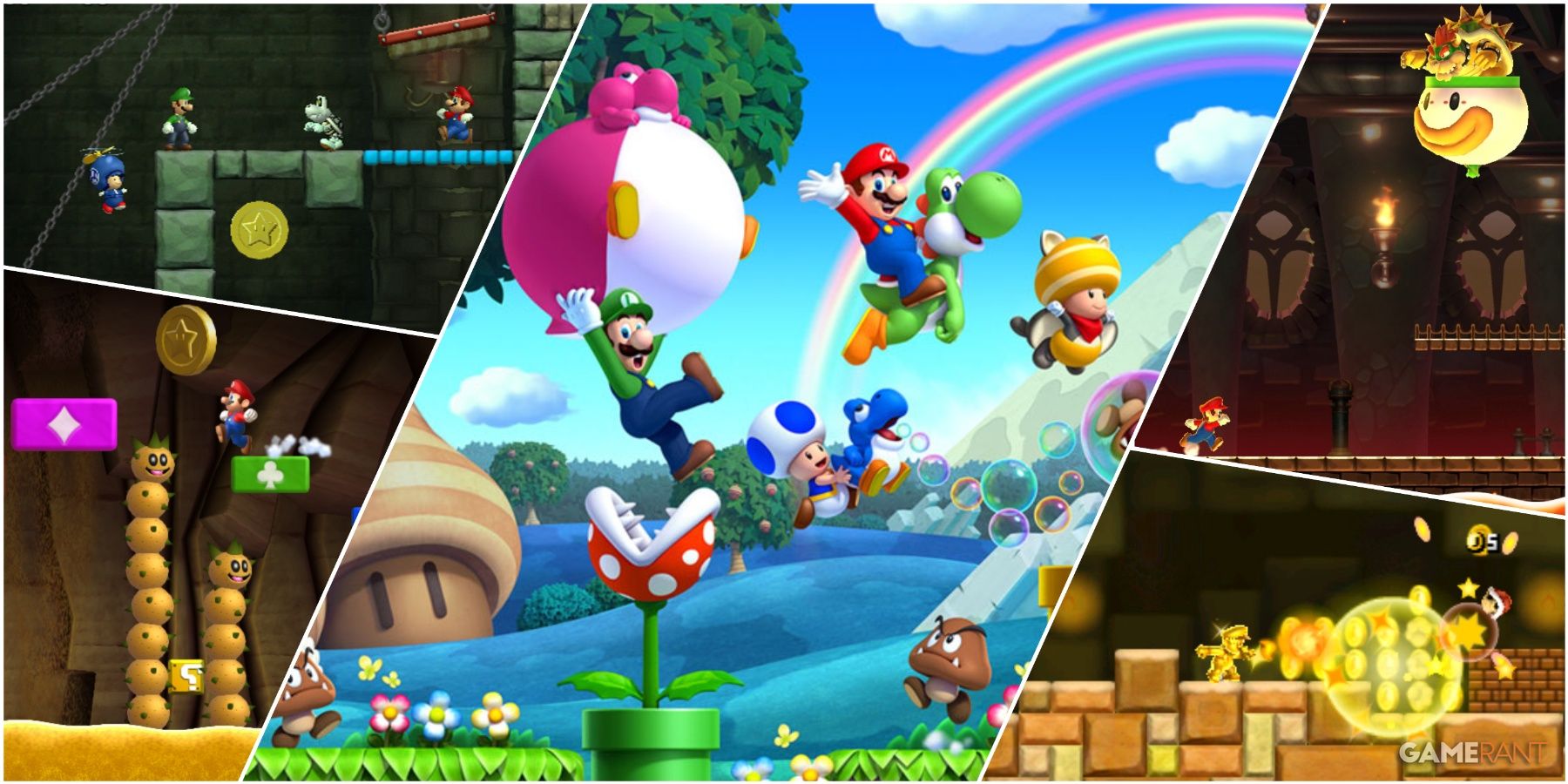


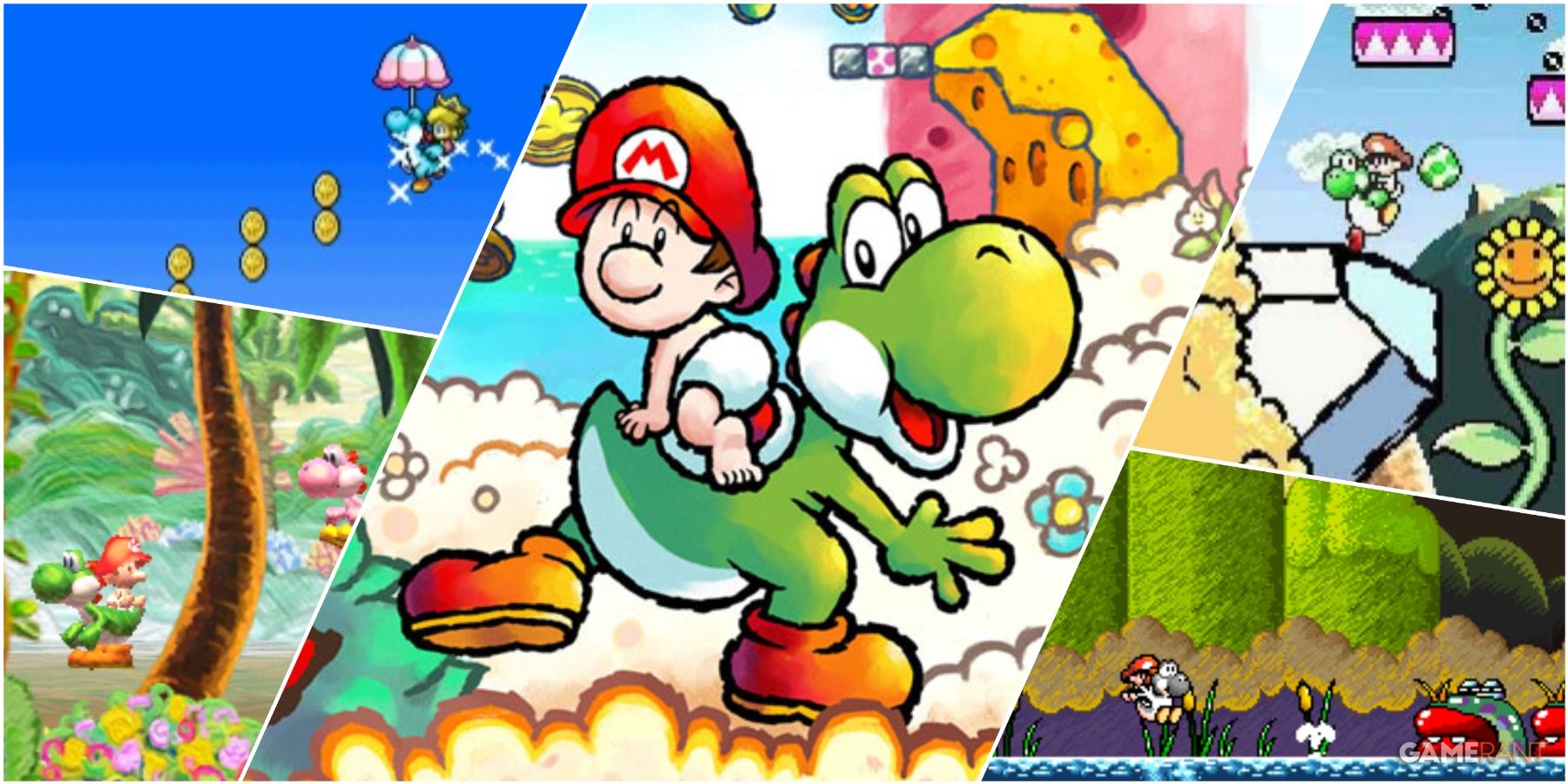
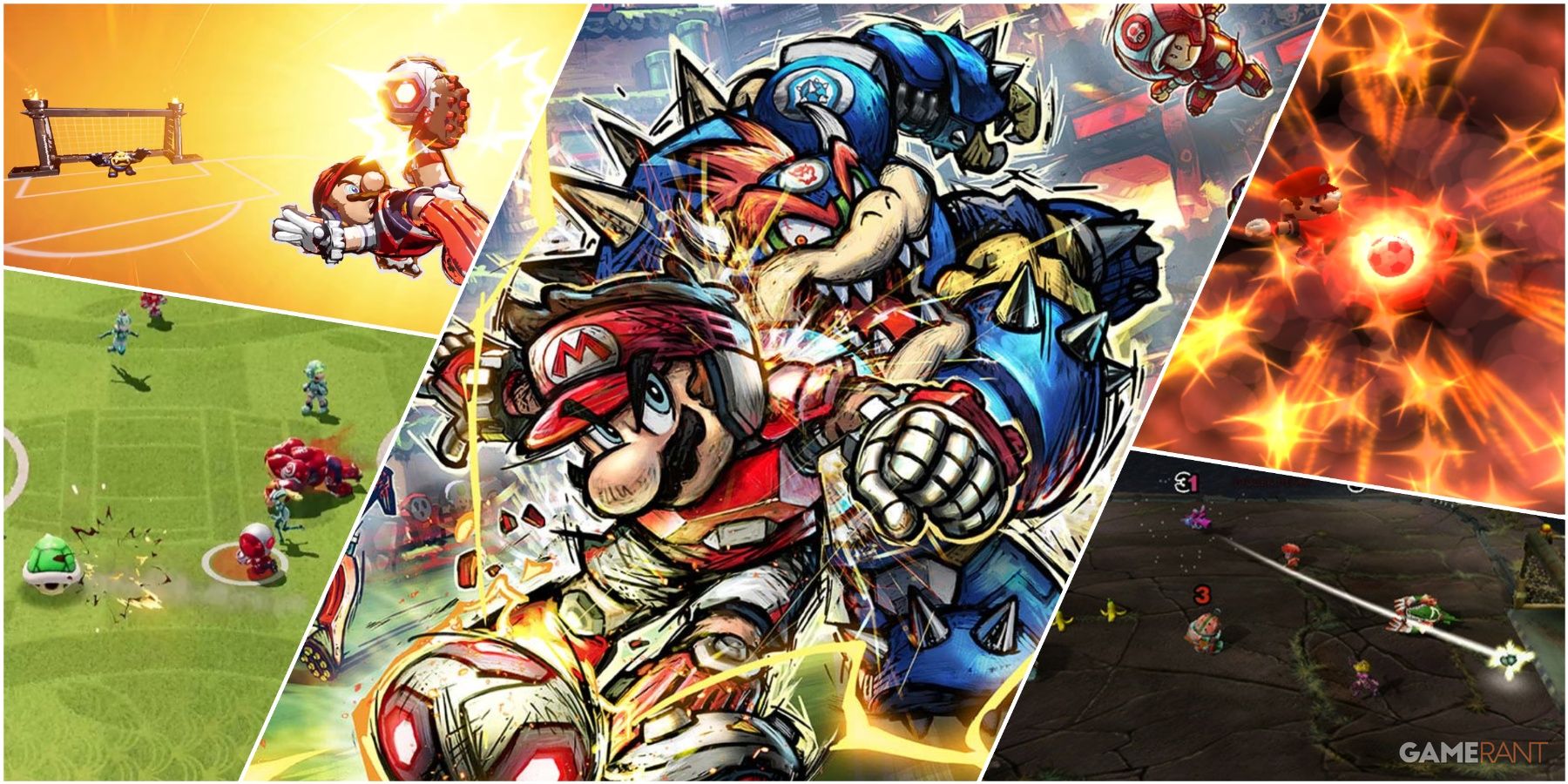


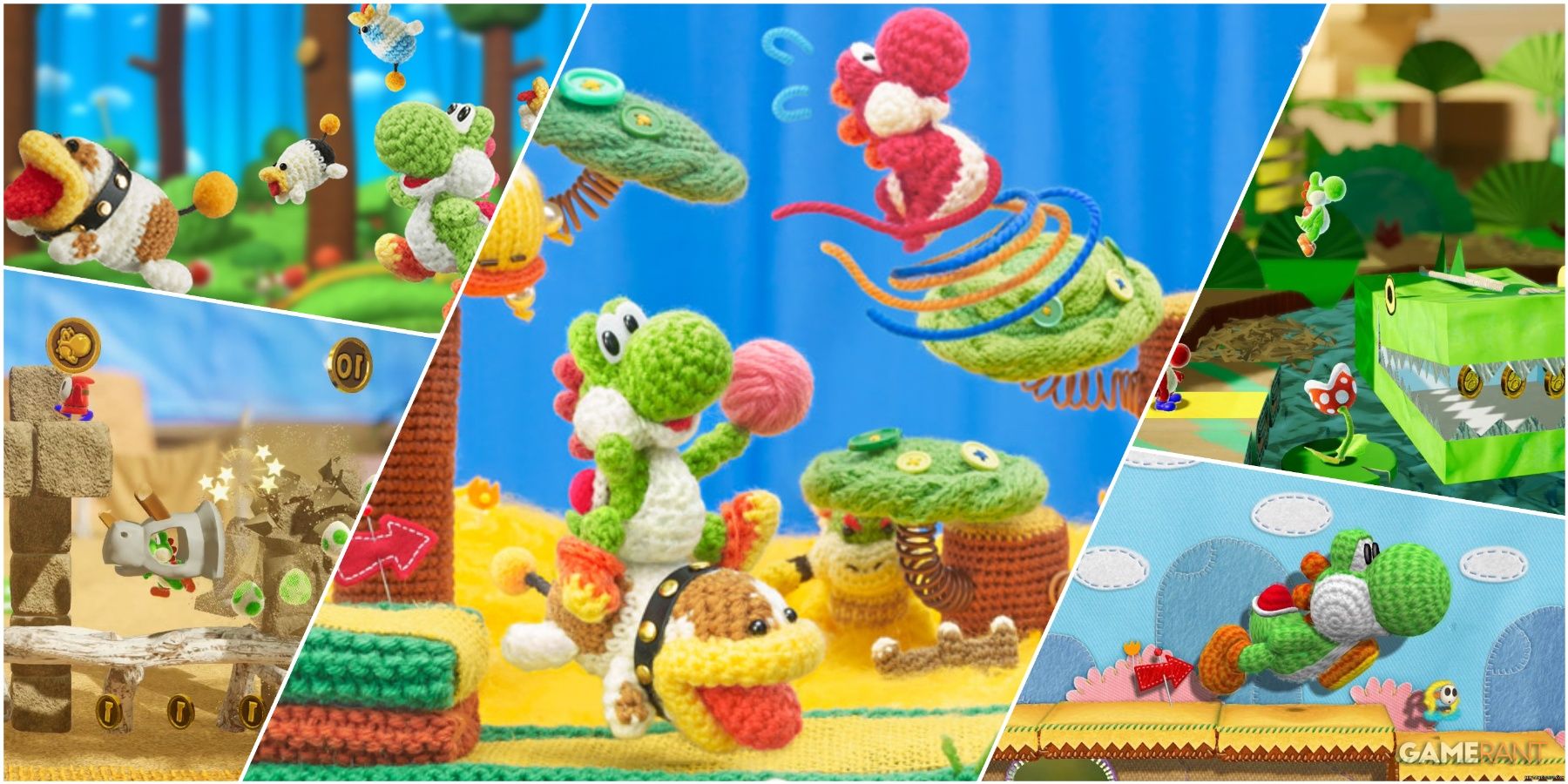
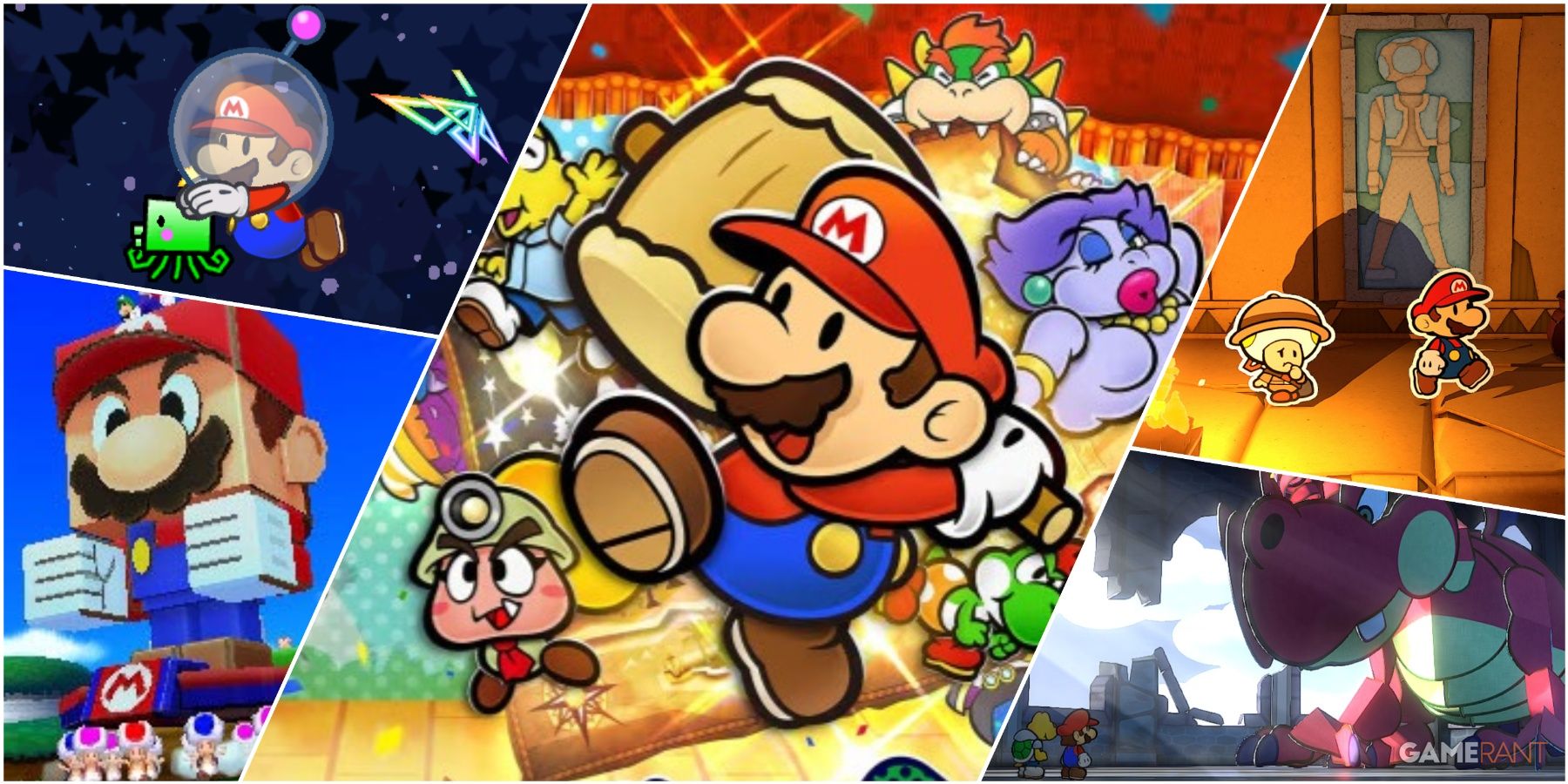


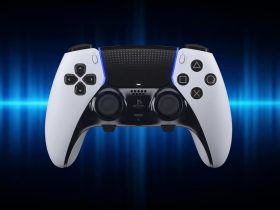
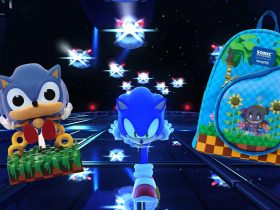
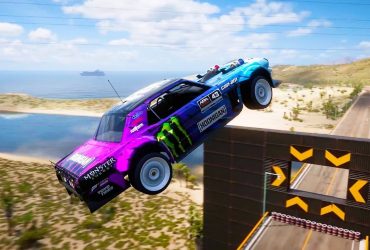


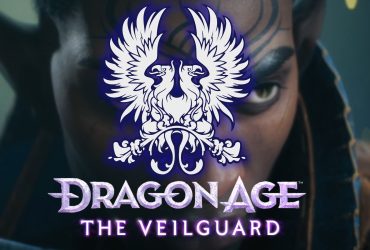
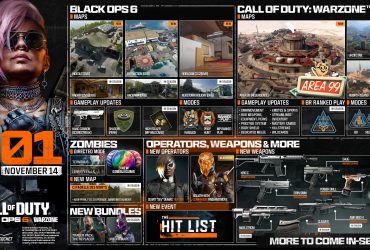
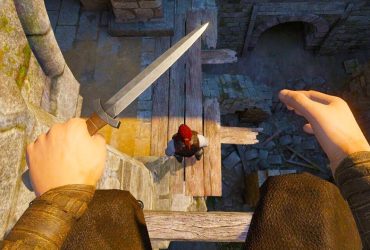
Leave a Reply